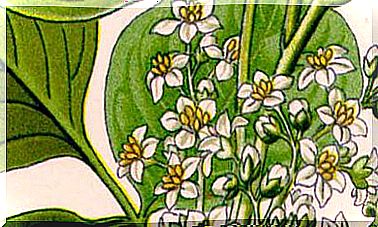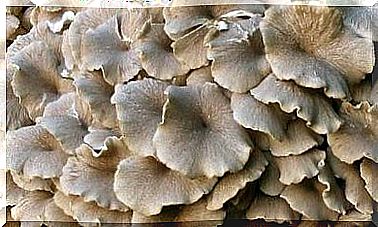Can A Nail Polish Be Organic?
What is the difference between a conventional nail polish and a 5 free nail polish?

When we talk about something organic we mean that it comes from something natural. It is said that a cosmetic is organic when its ingredients are almost 85% of natural origin and organically grown.
For this reason, a nail polish cannot be an organic or natural product, since its components are not entirely of natural origin. Its ingredients are chemical, both the pigments used and the substances that achieve a better fixation.
Although they do contain some organic components such as nitrocellulose and, in the case of some treatments, silicon, aloe vera, almond extract. etc. It is a minimum of natural compounds compared to the composition of chemical origin.
However, because they are chemical ingredients, it does not mean that they are ingredients that are harmful to health, although some formulations of the past (which still exist on the market) did contain ingredients that have been found to be highly toxic to humans.
For this reason, there are nail polish brands that have decided to remove these components from their formulations and for this reason we find those that are free of 3 and 5 chemicals.
The chemicals that have been proven to be the most harmful are formaldehyde, toluene, and formaldehyde resin. Although there are other components such as camphor, phthalates and formaldehyde resin, and in some cases parabens.
Many glazes contain gluten to achieve a higher density in the product and therefore greater coverage. Although it is a small amount, people with celiac disease may notice some type of reaction, without knowing that where the allergy comes from is the nail polish they have used.
Nails are a living and porous tissue of the body through which we absorb what we apply to them.
These chemicals are considerably more harmful for people who work with these products constantly, since these chemicals contain volatile substances and when inhaled they cause much more aggressive negative effects in comparison, if we only use them occasionally on our nails.
Today, there is more legislation regarding the formulation of nail polishes, but it is important to inform us of the composition of each firm, since not all comply with this legislation.
The enamels can also be vegan, this means that no pigment from insects such as cochineal is used.
Many people wonder if being free of these chemicals the durability is less than that of a conventional enamel.
The answer lies in the quality of the ingredients of each firm, but by removing these harmful chemical components, durability is not worse; if not the opposite, they can even last longer and have a positive effect on the nail by letting it breathe better.
There are also nail lacquers with aqueous bases and in this case the durability is less, since they do not contain a fixation and shine like the enamels that contain nitrocellulose as a base, an organic chemical component that manages to give shine and fixation.
Just as we care about the products we use on our body, we must always take our nails into consideration, since they are part of our body.
There are foreign brands that are free of these chemicals, such as Zoya, Sparituals, Treat, Kuree, Butter London among others and in Spain the firm HandMade Beauty, which in addition to being 5 free, does not contain gluten and is vegan.
How to apply nail polishes at home
1. Preparation
We can prepare the nails and hands in the way we need: cuticle removal, push with orange stick, exfoliation, filing …
2. Application of the base
Once the nail is prepared, the ideal is to first apply a layer of base coat. It is very important to choose it carefully since it will be the product in contact with our nail and it can provide us with nutrients that help strengthen it and prevent it from flaking.
It will also act as a barrier to pigments that tend to lead to undesirable colorations on the nails.
3. Enameled
After the base, we can apply the enamel that we like the most. For a uniform finish, I recommend starting at the base of the nail (next to the cuticles) and applying even pressure with the brush while moving the nail to the end. It also helps to avoid taking too many strokes with the brush, as it can cause grooves and irregularities.
Apply two coats for a more intense color.
4. Sealing
To finish, seal the color with a layer of top coat, which will make the color last longer.
EXTRA TIP: If you see that the nails lose their shine after the manicure days, reapply it to extend the duration of the color.
5. Drying oil
If you have drying oil, add a drop to each nail so that they dry before and do not spoil your manicure.
Ready and healthy nails!
I hope you liked this post! See you at the next one. Until then, don’t forget to take care of yourself and pamper yourself from the root.









